In recent years, diseases related to aortic occlusion and vascular occlusion are quite common in the world but are still quite new to Vietnamese medicine.
They do not have clear, specific symptoms and are easily overlooked or confused with other diseases such as musculoskeletal, neurological or orthopedic injuries.
Patient Nguyen Van T born in 1964 (residing in Lam Dong province) was hospitalized due to pain in the thighs and calves on both sides for the past 2 years. The pain persisted even when the patient walked about 50m, and decreased when resting. Later, the pain and numbness in the legs gradually increased even when the patient was resting.
Previously, the patient had visited a local hospital and taken medication as prescribed by the doctor, but his condition did not improve.
The patient underwent a CT scan of the lower limbs, showing 60-70% stenosis of the abdominal aorta. The patient was diagnosed with bilateral abdominal and pelvic aortic stenosis, with an ABI (ankle-brachial index) of 0.6 in both legs.
The second patient was also admitted in a similar condition. Mr. Nguyen Van B, born in 1954 (residing in Hoc Mon District). The patient had pain and numbness in the buttocks and thighs on both sides for many months. The pain increased when the patient walked about 50m. Mr. B also went to an outside clinic but the medication did not help. The patient was admitted with more numbness and was diagnosed with vascular disease.
The hospital performed a CT scan and found that the patient's downstream abdominal aorta was completely blocked below the renal artery, extending to the bilateral external iliac arteries, with an ABI of 0.6 in both legs.
Both patients were classic cases of abdominal aortic stenosis, the large artery that supplies blood to the body.
Over 50% of patients, mostly elderly patients (60 years and older), may have diseases related to arteries and blood vessels. Signs such as paralysis and leg pain are suggestive signs, but not necessarily aortic obstruction.
Dr. Nguyen Duy Tan, Head of the Department of Cardiovascular and Thoracic Surgery, Thong Nhat Hospital , Ho Chi Minh City, said: "We have scheduled angiography and endovascular intervention using the method of reconstructing the aorto-iliac junction with a covered stent, penetrating endoscopically and endovascularly into the patient's blood vessels. The doctor will insert a needle into the artery, administer local anesthesia and perform minimally invasive intervention on the patient; remove blood clots and place stents to reopen the blood vessels."
After the intervention, the patient recovered immediately on the spot, sat up and resumed normal activities. After 6 hours of intervention, the patient's numbness and leg pain were reduced, the ABI of both legs increased to 0.85 and no incisions were left on the body. This is a safe surgical method, bringing high treatment efficiency, with a success rate of over 90%.
The main cause of arterial obstruction in the elderly is atherosclerosis, vascular degeneration. In particular, long-term smoking is also the cause of vascular complications, depending on the patient's smoking frequency and beer and alcohol are also among the causes of obstruction.
Dr. Nguyen Duy Tan, Head of Cardiovascular and Thoracic Surgery Department, Thong Nhat Hospital, Ho Chi Minh City
Doctors recommend that patients with abnormal signs, elderly patients, and those with long-term stress should be screened early for diseases related to blood vessels and arteries. This disease can be easily detected by ultrasound. Early detection will help patients reduce treatment costs and return to normal life. If the disease is not properly diagnosed or treated with the wrong medication, it will lead to infection, poisoning, and worse, multiple organ failure, especially kidney failure.
To limit diseases related to the heart and blood vessels, everyone (especially the elderly) needs to control blood sugar, fat, and cholesterol at prescribed levels. The community needs to have a nutritious green diet, reasonable rest, regular exercise, and limit alcohol as much as possible, do not smoke, and live a healthy life.
Source: https://nhandan.vn/can-thiep-ca-benh-tac-dong-mach-chu-o-bung-bang-phuong-phap-can-thiep-noi-soi-dong-mach-chu-post833352.html








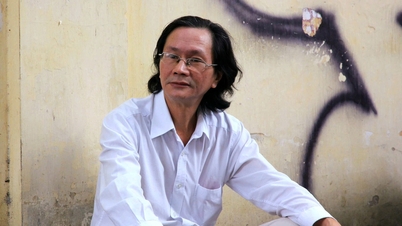





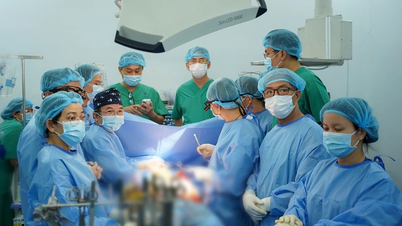

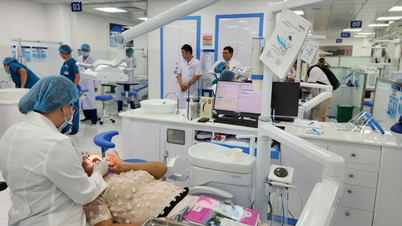







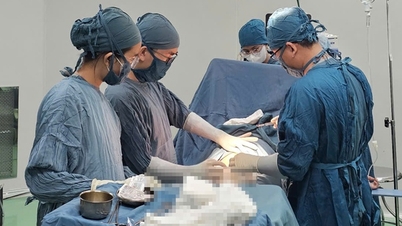






![[Video] Focus on thematic audits and hot areas of interest to voters](https://vphoto.vietnam.vn/thumb/402x226/vietnam/resource/IMAGE/2025/12/03/1764777738344_2-691-png.webp)

![[Video] More than 96% of cases related to land planning, management and use have been resolved.](https://vphoto.vietnam.vn/thumb/402x226/vietnam/resource/IMAGE/2025/12/03/1764775937805_1-5566-png.webp)
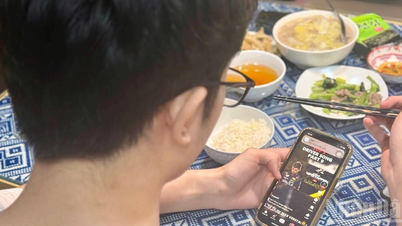
![[Photo] Parade to celebrate the 50th anniversary of Laos' National Day](/_next/image?url=https%3A%2F%2Fvphoto.vietnam.vn%2Fthumb%2F1200x675%2Fvietnam%2Fresource%2FIMAGE%2F2025%2F12%2F02%2F1764691918289_ndo_br_0-jpg.webp&w=3840&q=75)
![[Photo] Worshiping the Tuyet Son statue - a nearly 400-year-old treasure at Keo Pagoda](/_next/image?url=https%3A%2F%2Fvphoto.vietnam.vn%2Fthumb%2F1200x675%2Fvietnam%2Fresource%2FIMAGE%2F2025%2F12%2F02%2F1764679323086_ndo_br_tempimageomw0hi-4884-jpg.webp&w=3840&q=75)




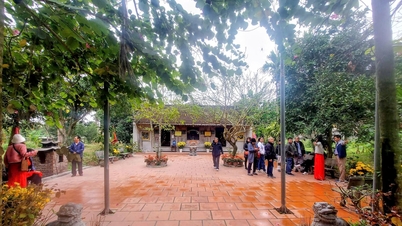












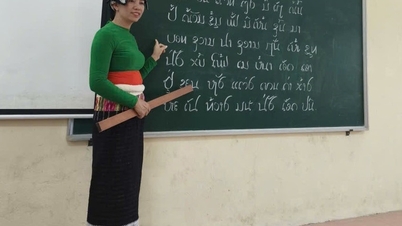

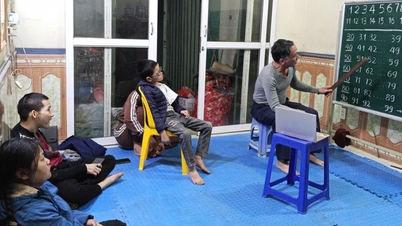

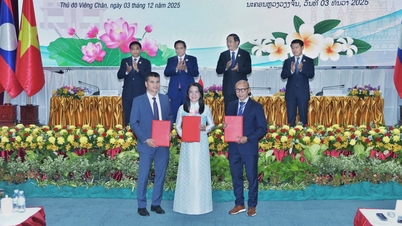





























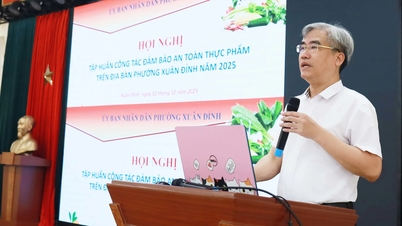



















Comment (0)